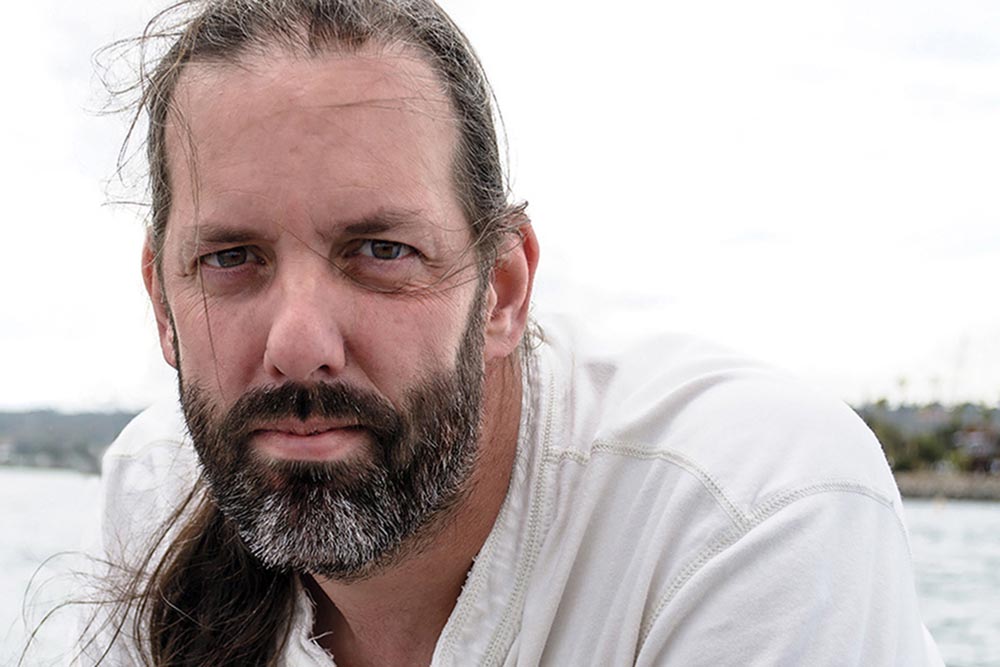
Editor’s Note: Alan Hess has long been one of my photography heroes and has always been a huge help and support in my own career. Here’s his guest post from 2019 that is one the most insightful looks into being an entertainment photographer I’ve read!
Things I Wish I’d Known Before Going Pro
Thank you to Scott and Brad for having me back here as a guest blogger. When Brad asked if I would be interested in doing another guest blog, I thought for a long time about what I could write about that would help those reading this blog. In past guest blog posts, I have talked about sorting and editing using Bridge, what it’s like to shoot a full day concert, photographing pets, and of course, more concert stuff.
This time around I want to talk about what I wished I had known before giving up my day job and going into photography full time. I made lots of mistakes, and I still make mistakes. But I make fewer than when I started, which is a good thing. Many of you know that I am a concert photographer, but I earn most of my income from photographing corporate events, some private and some public. This post is about that work, as it’s where I earn my living and where I have made the most mistakes. So here are five things I wish I’d known before going pro.
You Have To Run A Business As A Business
I wish I had taken more business classes in college. An accounting class would have been really useful. I thought that being in a creative field like photography would mean less spreadsheets and more fun, but working for myself means that I have to deal with a lot of stuff that isn’t photography. I actually spend much more time on the non-photography stuff than I do making photos, like…
- Finding the work (that’s a whole different blog post).
- Creating budgets and scheduling the work.
- Creating invoices, tracking payments, and keeping track of what’s owed and when.
- All that business stuff isn’t taking photos or very creative at all.
I ended up going back to community college to take an accounting class just so I could understand the math behind my business. This ties right into being able to say no to work sometimes. You need to understand how to price your work. And if you don’t understand how to do that, how will you know when you should turn down a job offer because the money isn’t right?
One more thing about running a business, you need to make sure you use contacts and legal forms. This protects you and the client.
Can’t Do It Alone
This one took me a while to understand and even longer to embrace. I honestly thought the I was in direct competition with every other photographer in San Diego. While there is some competition (as there is with every job) having a group of photographers you can work with is way more beneficial than working alone. Let me give you a few examples of what Im talking about.
The first involves one of my best clients, a company that has hired me consistently over the past four years for multiple jobs in San Diego, Dallas and Nashville. This client only found out about me because another photographer here in San Diego gave them my name when he couldn’t take a job due to a scheduling conflict. If it wasn’t for the relationship I have with this other local photographer, I would never have been introduced to this client.

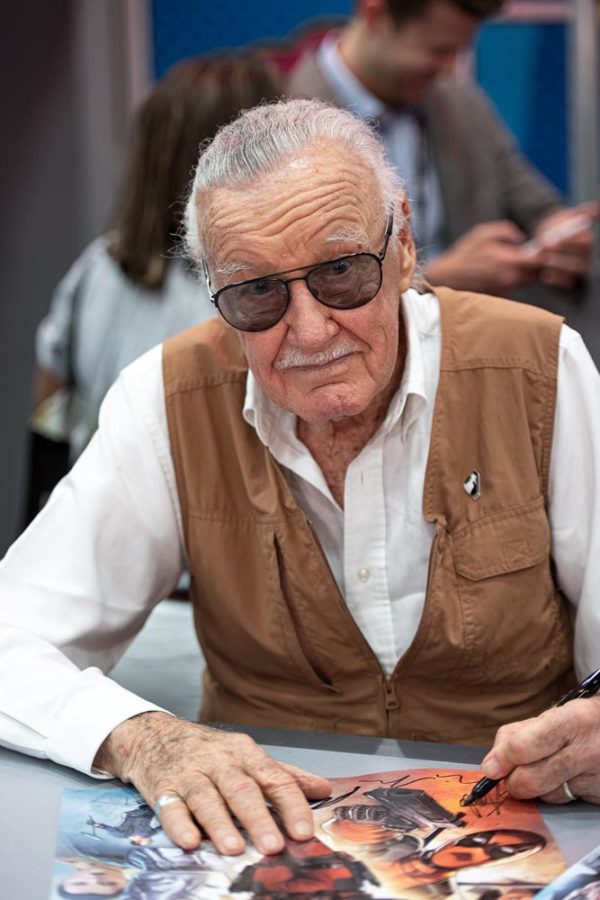
For the last decade, I have been photographing the San Diego Comic Con for a variety of clients. You can hear all the details on the He Shoots He Draws podcast (episode 87). In this interview, I discuss how for the last three years I have had Hasbro as a client but I needed to put together a team of photographers to do the job.
I was able to reach out to a group of local photographers that I know, and trust, to work with me to get the client everything they need. Had I not had a good working relationship with a group of local photographers, I would not have been able to take the job at all. So just keep in mind that while there will always be some healthy competition, cooperation can really help move your business forward.
Learn To Say No
This one might be the hardest lesson to learn, at least it was for me. I really thought that I needed to take every job that was offered to me. Boy, was that a mistake. I would say yes to jobs that didn’t fit my style or what I wanted to photograph. I would end up unhappy, and the client would end up unhappy which really didn’t help my business grow.
For example, I was recently asked to do a newborn shoot by someone I know from photographing concerts. They know me as a photographer, so they asked if I could do this for them. Knowing how important these types of shoots are and that it’s not something I do, I had to say no, but I did offer to put them in contact with someone better suited to their needs. This is another great example of why you need to have photographer you know and trust.
The other time I had to learn to say no is when the job would end up costing me more than I would make from it. That’s a great way to go out of business slowly. I know hard hard it is to say no to a paying photo gig, I used to just say yes to all of them. Then I started to think like a business person and did a little math and started saying no. I am not saying that you should never work for a low payment or even take a job for free now and then, just make sure that it is worth your time and energy. I still take photos at charity events for a greatly reduced fee and will still even shoot for free if I think the images created will help me book future work or its something I believe in.
Consistency Is Key
Make sure the you can recreate the photos in your portfolio. Clients are going to hire you on your ability to create images for them in the style and look of the photos in your portfolio. Makes perfect sense, yet we tend to pack our portfolio with the very best images we have taken, even if those images were shot at workshops or when there was help with the lighting or styling. This is a huge mistake unless you are confident you can recreate the image yourself. The best way to avoid this, is to recreate the image in question and add that one to the portfolio instead.
Every image in my portfolios (yes I have different portfolios for different job types) was taken by me without any help, and the look and style of the images can be recreated for my clients without worry. Most clients that hire me for my conference work want a full set of good images that can be used to show what the conference was like, and can be used if they ever put on that event again (or one like it). I have heard from clients that the sets of images I produced at past events are still being used to to this day.
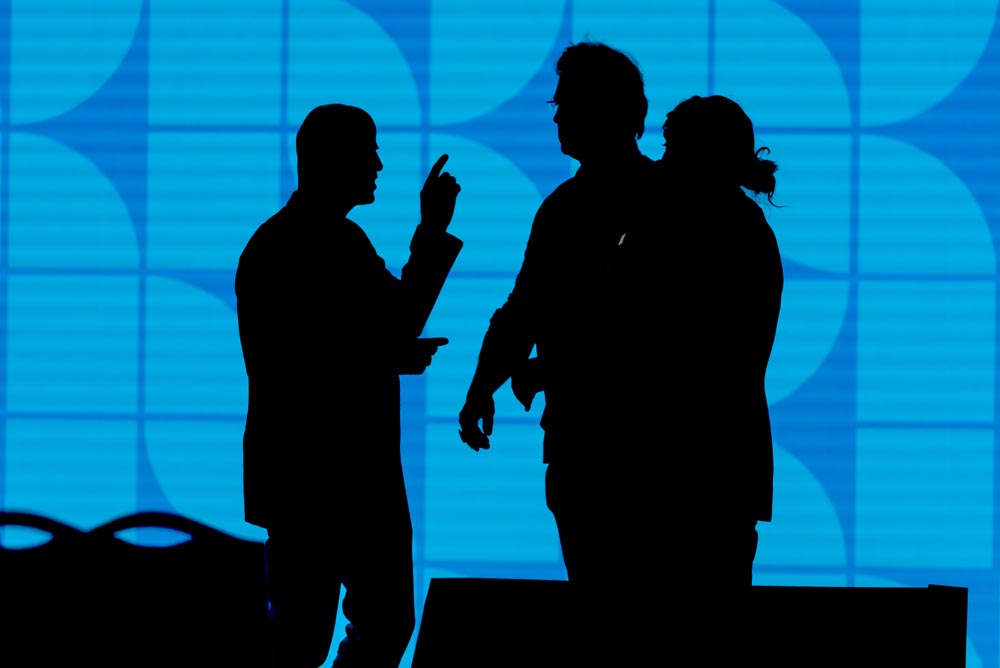
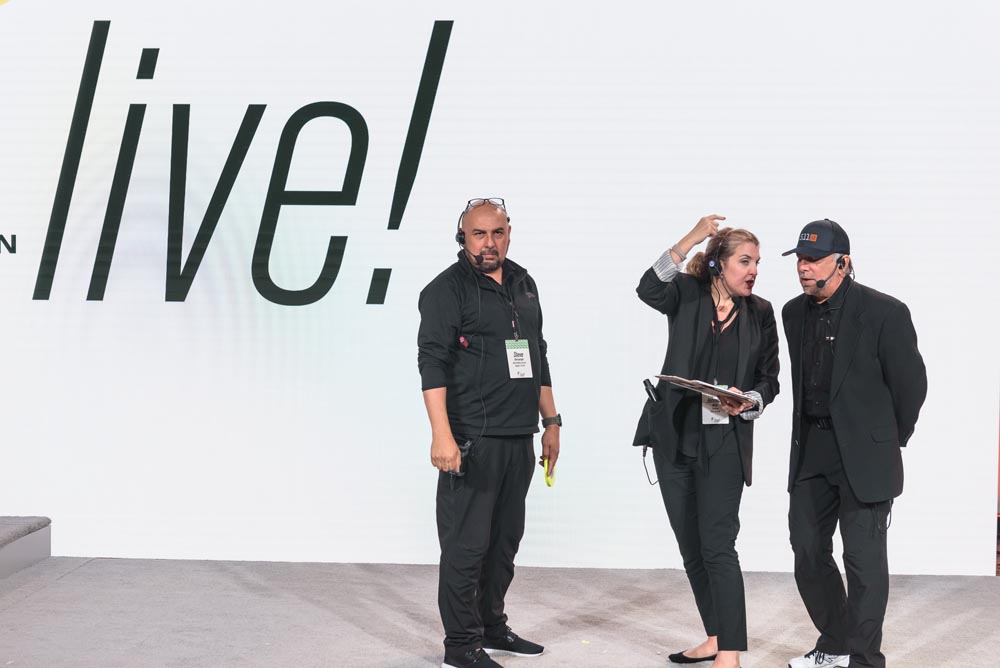
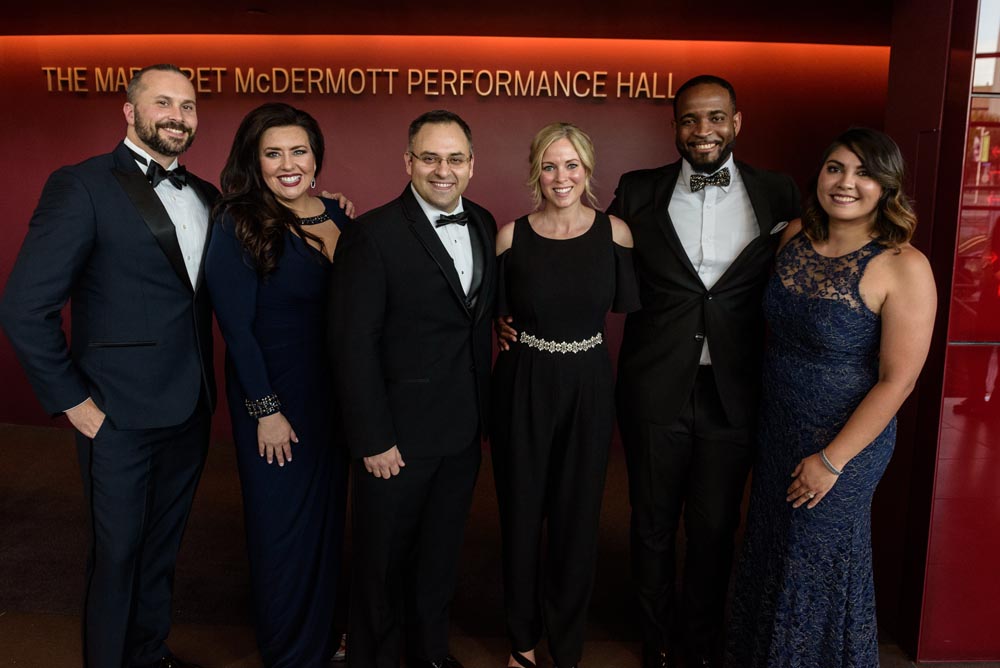
Have A Shot List
One of the reasons I have repeat clients is that they know what they are going to get from me. I make sure that we discuss the job beforehand and that I have no questions about their needs. When I started out, I assumed I knew exactly what the client wanted without actually talking to them. This led to some awkward moments when the client asked about a specific image and I didn’t have it. Now I make sure that I discuss the shot list in depth and if the client doesn’t have a shot list, I ask them to create one or we can create one together.
Many times the hardest shot to take are the ones the client thinks are the easiest. This usually end up being a large group shot in poor lighting conditions without any way to get everyone in the shot. In the two following examples, I made it work in really terrible lighting conditions without any extra gear or preparation time. In the second shot, I had people stand on furniture and I stood on a chair myself.
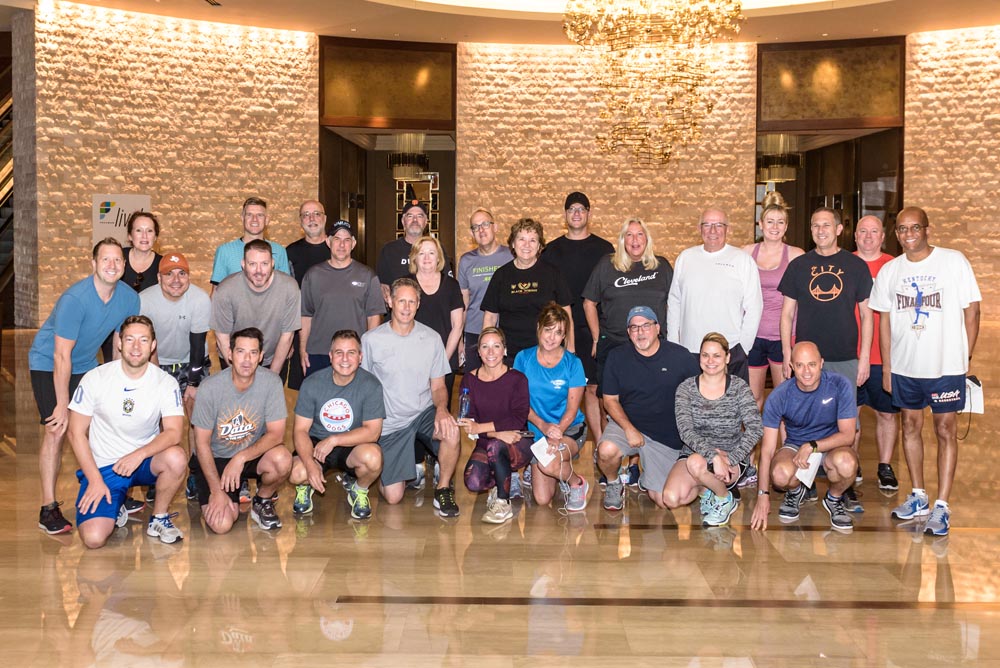
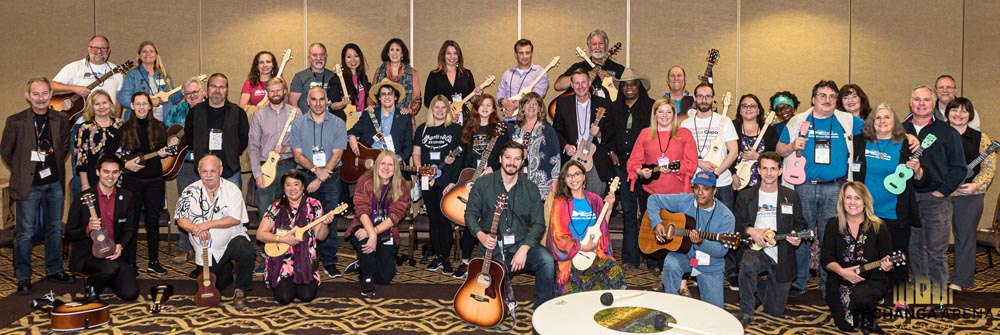
I was recently on a four day job covering a conference / workshop with about 150 people. They wanted me to take a group shot of all 150 attendees on the last day inside the workshop area. I had never seen the location before, so I had to rely on my problem solving skills and my past experience on taking large group photos. Turns out the ceiling was really low and there were pillars in the middle of the room. I worked out a way to use the staircase and the landing, along with a couch to gain as much height as possible and got the shot. I was only able to get this shot (I can’t post it here due to client restrictions) because I had worked out the best way to do it and I have had practice in that type of image. Still, it was the most stressful part of the job.
I really hope that some of these help you if and when you decide to turn a hobby or passion into a business.
You can see more of Alan’s work at AlanHessPhotography.com, check out his portfolio, and keep up with him on Facebook, X (Twitter), and Instagram.



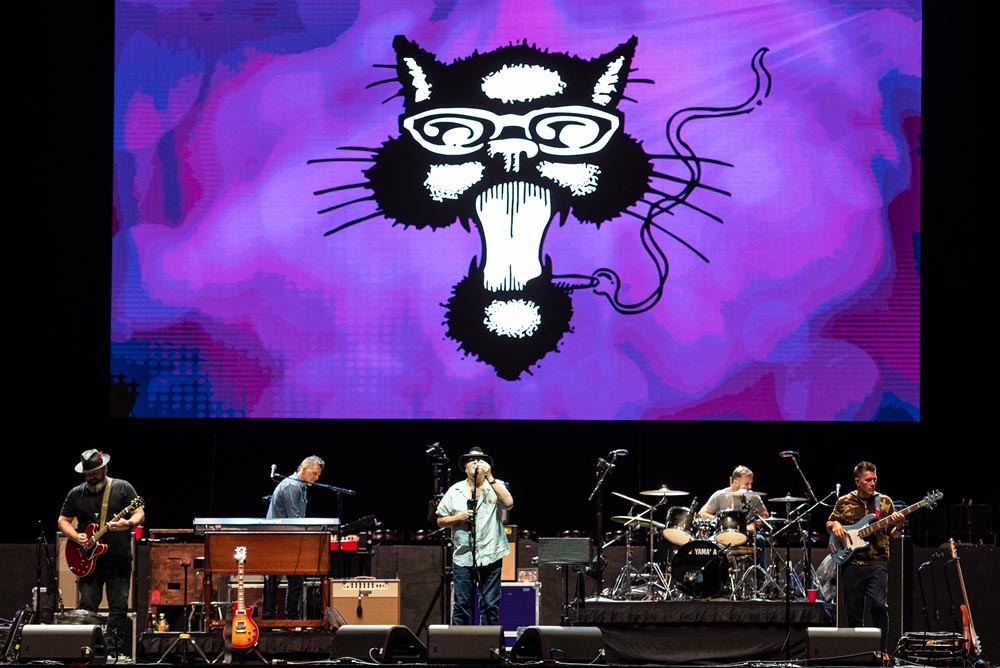
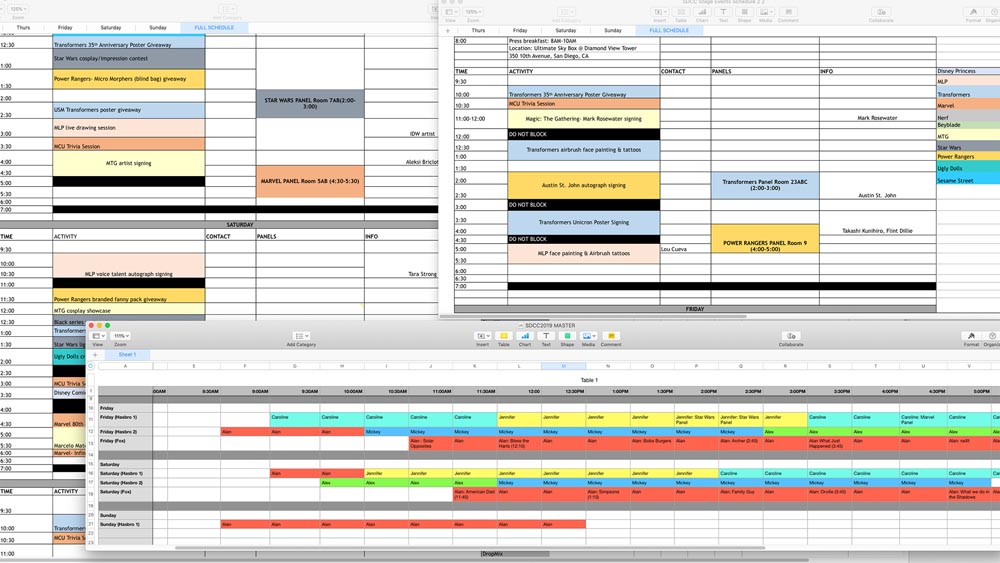

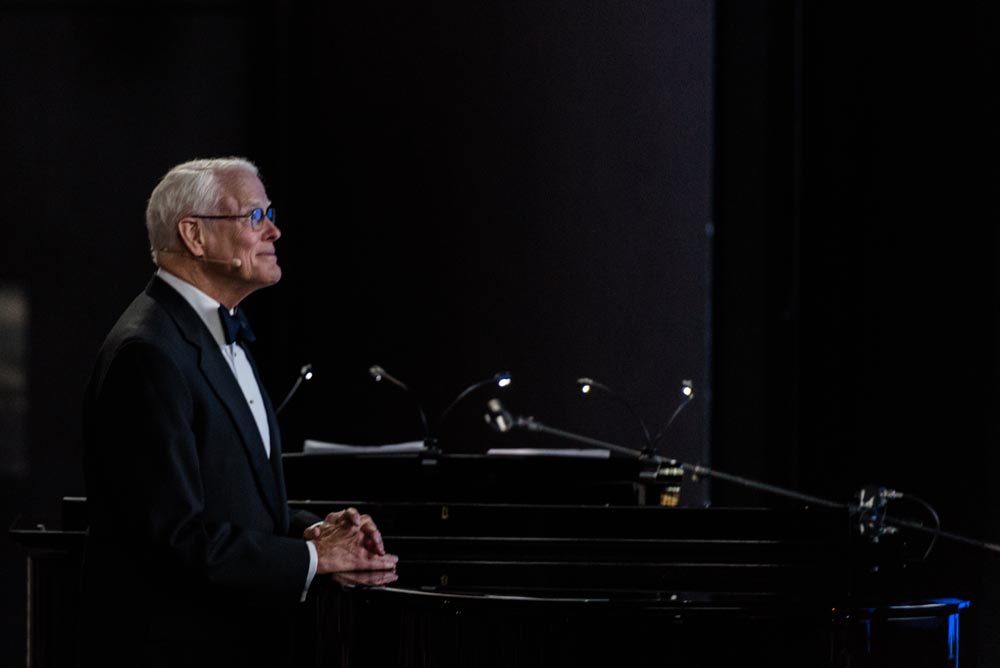
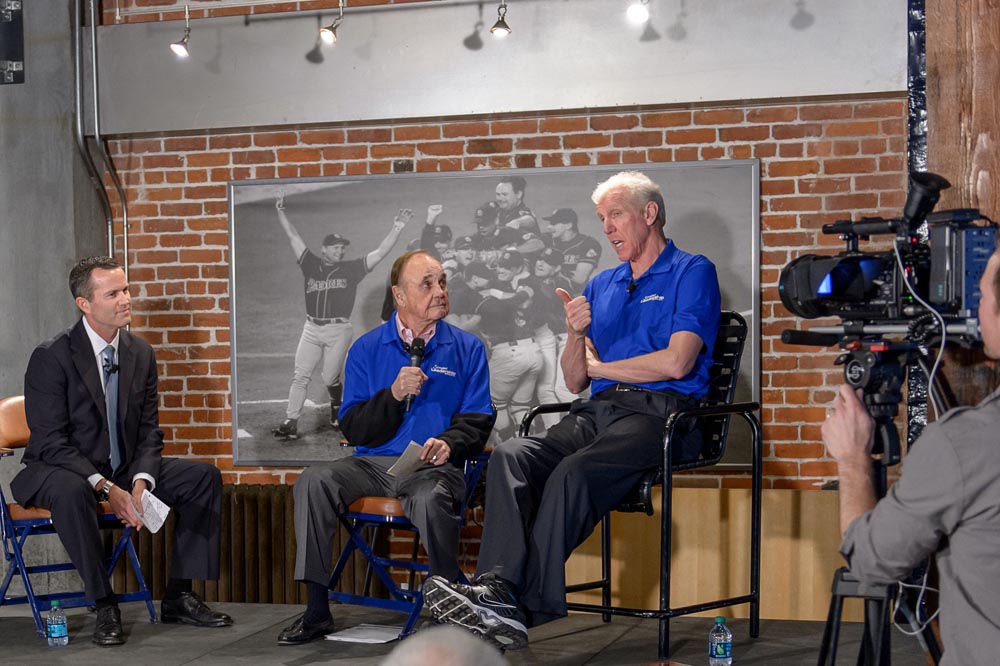
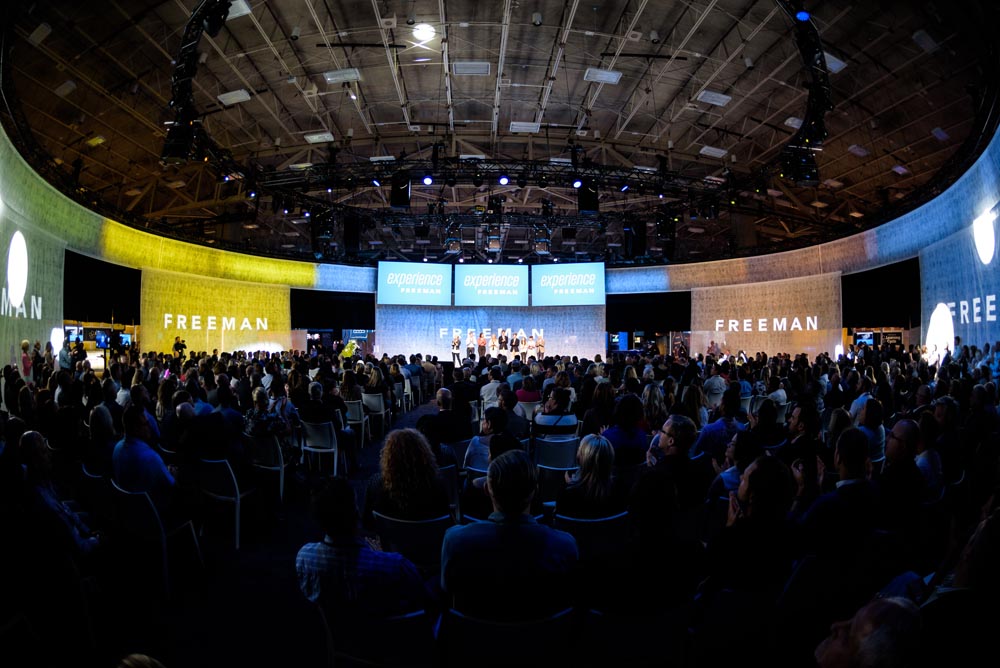
1 comment